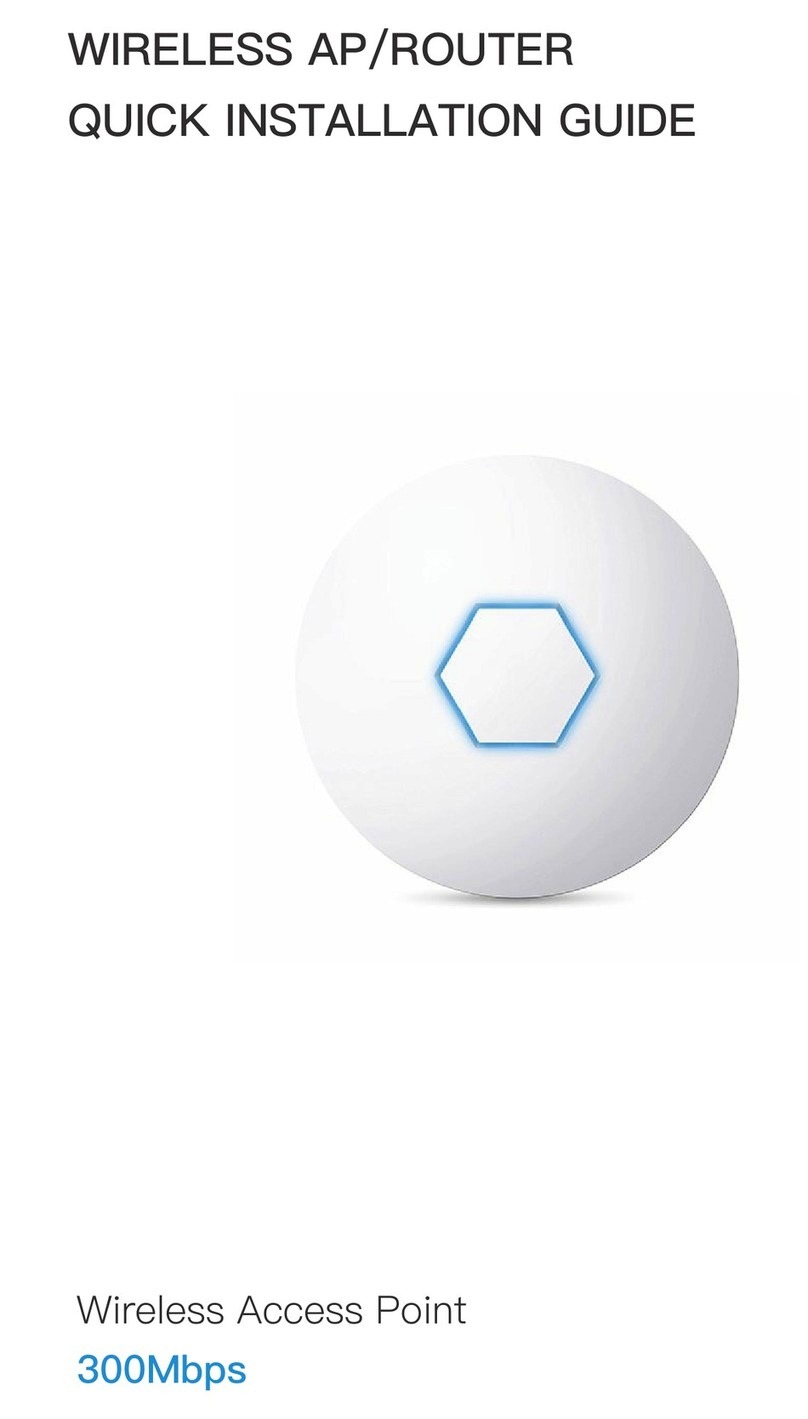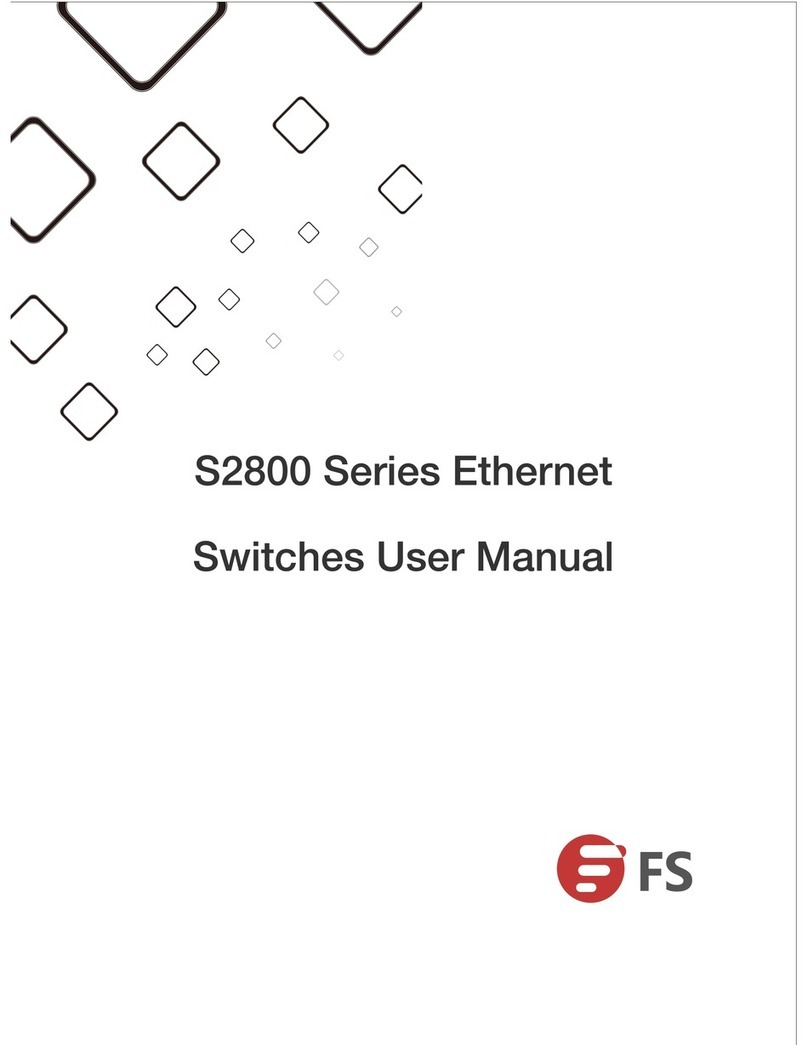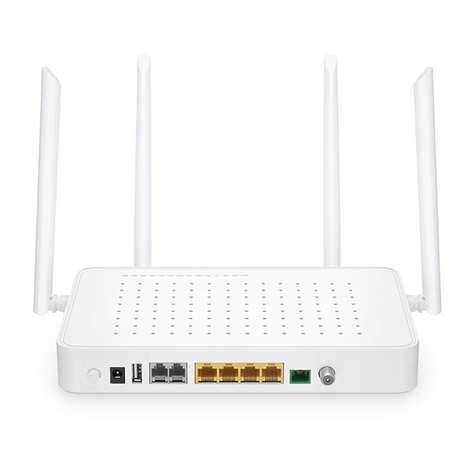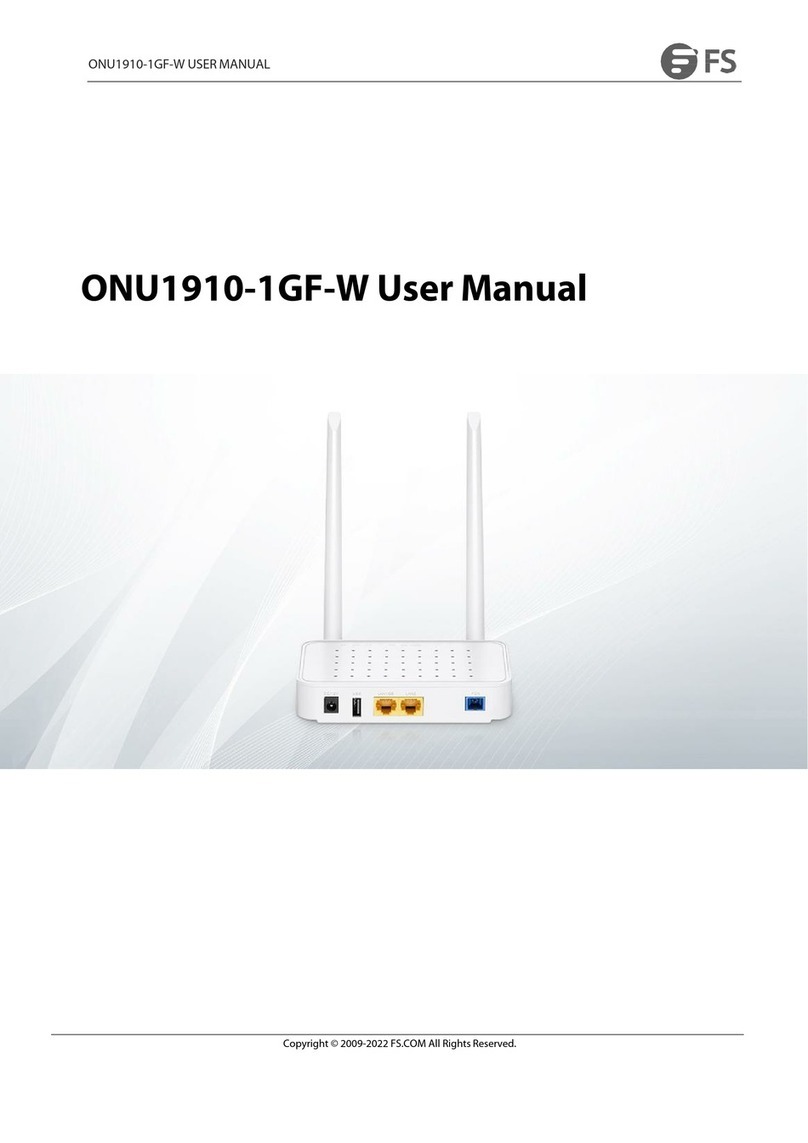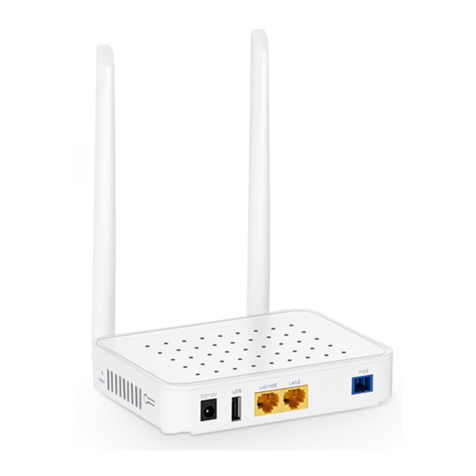
Security Configuration
Chapter 1 AAA Configuration
1.1 AAA Overview
Access control is the way to control access to the network and services. Authentication, authorization, and
accounting (AAA) network security services provide the primary framework through which you set up access
control on your OLT or access server.
1.1.1 AAA Security Service
AAA is an architectural framework for configuring a set of three independent security functions in a consistent
manner. AAA provides a modular way of performing the following services:
Authentication: It is a method of identifying users, including username/password inquiry and encryption
according to the chosen security protocol.
Authentication is a method to distinguish the user’s identity before users access the network and enjoy
network services. AAA authentication can be configured through the definition of an authentication method
list and then application of this method list on all interfaces. This method list defines the authentication
type and the execution order; any defined authentication method list must be applied on a specific
interface before it is executed. The only exception is the default authentication method list (which is named
default). If there are no other authentication method lists, the default one will be applied on all interfaces
automatically. If any one is defined, it will replace the default one. For how to configure all authentications,
see “Authentication Configuration”.
Authorization: it is a remote access control method to limit user’s permissions.
AAA authorization takes effect through a group of features in which a user is authorized with some
permissions. Firstly, the features in this group will be compared with the information about a specific user
in the database, then the comparison result will be returned to AAA to confirm the actual permissions of
this user. This database can be at the accessed local server or switch, or remote Radius/TACACS+ server.
The Radius or TACACS+ server conducts user authorization through a user-related attribute-value peer.
The attribute value (AV) defines the allowably authorized permissions. All authorization methods are
defined through AAA. Like authentication, an authorization method list will be first defined and then this list
will be applied on all kinds of interfaces. For how to carry on the authorization configuration, see
“Authorization Configuration”.
Accounting: it is a method to collect user’s information and send the information to the security server.
The collected information can be used to open an account sheet, make auditing and form report lists,
such as the user ID, start/end time, execution commands, and the number of packets or bytes.
The accounting function can track the services that users access, and at the same time track the service-
consumed network resource number. When AAA accounting is activated, the access server can report user’s
activities to the TACACS+ or Radius server in way of accounting. Each account contains an AV peer, which is
stored on the security server. The data can be used for network management, client's accounting analysis or
audit. Like authentication and authorization, an accounting method list must be first defined and then applied on
different interfaces. For how to carry on the accounting configuration, see “Accounting Configuration”.






